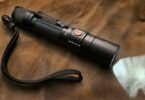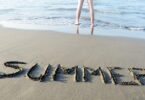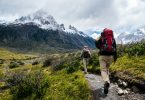Learning a better way to do your backpacking and hiking tips is always welcome. And it often comes from avoiding repeating your mistakes and learning from other people on the trail. Spending some time outdoors is great for your physical and mental health. Nothing can prepare you for such an experience unless you hit the road. The number one tip to avoid common mistakes hikers and backpackers make is to lessen the load on your back. This article is about all those hacks and tricks you can implement to make your next trip even more enjoyable. Most of them end up being tremendously useful so check them out.
Choose Lightweight Gear
Choosing the gear is the first step towards a remarkable outdoor experience. The packing starts with a sturdy tent and as the heaviest piece in your gear, we recommend choosing one that is lightweight. Check out the Hyke & Byke collection of quality lightweight tents. The list goes on with a lightweight sleeping bag, sleeping pads, rechargeable items, and a suitable backpack. There are a lot of useful tricks to pack lightweight and add more comfort. The ultralight backpacking gear consists of a lightweight pack with a hip belt, waterproof compression sack for your sleeping bag, rain cover for your pack, ground cover, stove, cook pot, odor-proof storage where you can put the worn and dirty clothes, and waterproof hang sack for your food. Adding a bit extra or reducing some of the gear essentials is up to you.
Wooden Utensils

Source: bambuhome.com
Bringing the necessities on a backpacking trip is crucial in having the ultimate blast. Don’t worry if you lose your fork or spoon, you can find a piece of wood and use your knife to carve it at least similar to the eating utensils. Well, we recommend that instead of silver or plastic utensils, you take wooden utensils with you, since they are lighter and are not hazardous for nature.
And you can use thinner sticks as a pair of chopsticks. There are additional tricks you can use to pack as lightly as possible. Some campers and hikers implement the practice of breaking the toothbrush in half so it’s lighter and so they can save on space.
Duct Tape
With the weight of your hiking shoes, the backpack, and all of the other stuff you’ll be carrying, it’s difficult to not have foot blisters. Even if you are packed lightly, foot blisters can still pop up and cause you pain. To stop and prevent them from happening again, you can remove the shoes, apply the duct tape on the affected area that it’s already turning to a blister. This will protect you and will prevent the blister from fully forming. And the duct tape is quite light. The best part is, you can use it for other purposes as well.
Use Your Clothes As Gear
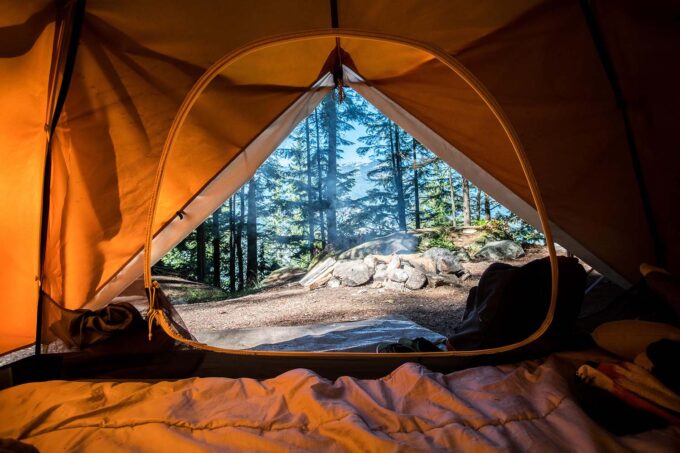
Source: we-heart.com
You can use your clothes to make gear. For example, you can use some of your clothes to make a pillow. We recommend using some of your shirts of softer materials since it’s nicer to sleep on. Or you can use some of your jackets as blankets. You can be as creative as you want as long as you have enough comfort. You can keep your feet warm with the plastic bags you carry with you if any.
Waterproofing your gear by lining your backpack inside can be achieved with a garbage bag. It’s a shame to use the bag only once, so at the end of the trip, you can hang the bag to dry out and stash it back in your tent. Anyone who has tried to fit a lot of food in a backpack knows how frustrating it is when the packages are crammed together. And you end up with crashed and smashed food. For this purpose, you can make a tiny hole in the packaging, squeeze out the air, and stuff everything into the canister. This way, you’ll prevent food packages from cramming together.
Create Effective Layering System
Creating an effective layering system will keep you warm on cold nights and windy days. Make sure you have all of the layers easy to take off in response to weather changes. We recommend the number one layer on the trails to be merino wool. The light base layer can be worn in the summer so you can combat sun exposure. Then, you can add additional layers to keep you warm when the sun goes down. Wool is odor resistant and warm, an efficient insulator, and protects you from bacteria. You can add a mid-weight down jacket as the outer layer. And you are ready to go and hit the trails!
Use Smart Water Bottles
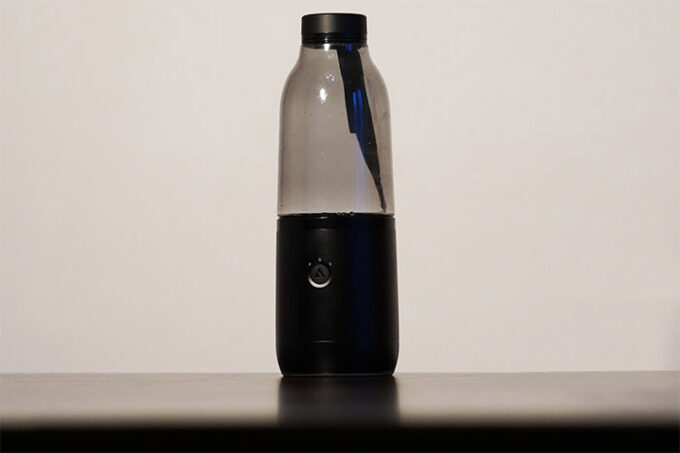
Source: mbreviews.com
The best bottle for packing light is using a smart water bottle. These bottles are lightweight, tall, and skinny. And pretty stable overall. You can reuse them as many times as you’d like, unlike plastic bottles. If you want to go extreme on lightening your load you can choose not to bring water at all. Instead, you can learn how to find and purify water and during/use water from natural springs that you’ll find along the way.
Calculate Amount of Food You’ll Need
Although you don’t want to run out of food, you won’t need huge packages carrying with you on a hiking or backpacking trip. Most people eat 1.5-2.5 pounds of food, so make sure you calculate approximately the amount of food you will need. And get a little extra in case of unpredicted circumstances. The food will save you some weight and lessen your load while hitting the trail. Bring a snack or two and arrange the meals for your entire stay in the woods or the hiking site.
Additionally, do not bring any blades or knives you won’t even use. These items add significant weight to your back. Find a smaller razor blade or a knife that you can use and save on weight and the trouble of carrying it.


